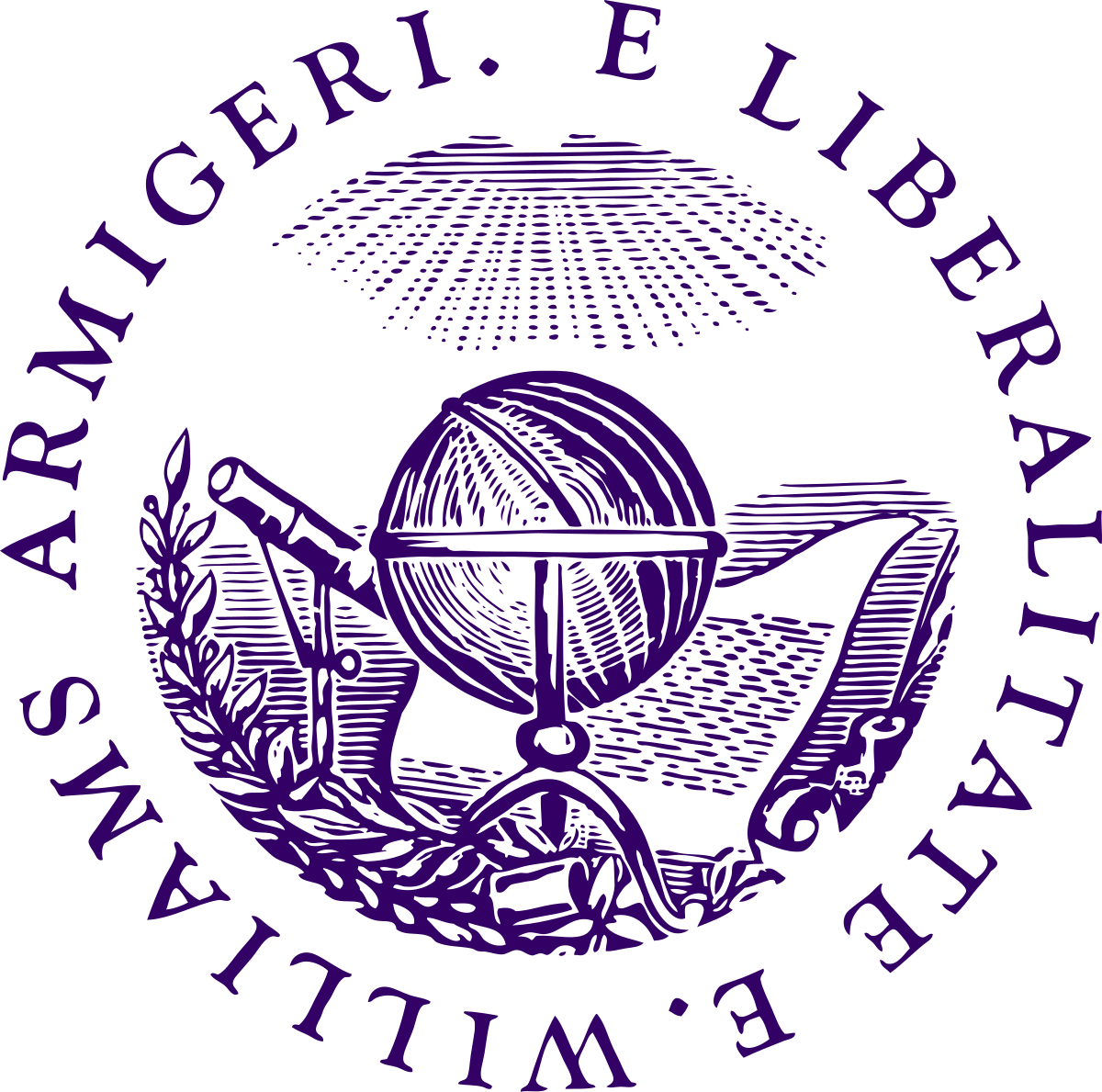TECHNOLOGEPH
A Computer Science Curriculum for Kids

A Computer Science Curriculum for Kids


This curriculum was developed by four Williams College undergraduate students and Professor of Computer Science Jeannie Albrecht.
We built this curriculum because we noticed an absence of effective computer science curriculums for young students. Most existing curriculums lack cohesion, accessibility, and content.
This curriculum was developed with the primary goal of providing students with a successful first impression of computer science. It is designed to be accessible, portable, inclusive, and above all, interesting and entertaining for children.
While this curriculum teaches students how to program, it more importantly teaches them how to think like a programmer. Programmers employ computational thinking to efficiently solve problems. This involves decomposing problems into smaller tasks, recognizing patterns, designing algorithms, and debugging and refining those algorithms.
The logic and reasoning skills cultivated by computational thinking, regardless of whether a student decides to pursue a career in computer science, are invaluable.
Although technology occupations are among the fastest growing careers, the industry severely lacks diversity.
Only 19% of STEM graduates are women and just 24% of computing jobs are held by women. Gender stereotypes related to STEM ability emerge at a young age. These stereotypes are then enforced by imbalanced gender participation in STEM in schools and later in the workforce. We hope that early intervention and exposure to a STEM education can help strike down gender stereotypes and inspire more women to pursue their interest in STEM.
Furthermore, computer science education is typically only available to high-income districts with less diverse student populations. This curriculum is designed such that if educators lack the resources to purchase Lego Robotics kits or expensive programs, they can still use this curriculum. With slides, unplugged activities, plugged activities, and tracing problems*, educators have plenty of resources to teach computer science to anyone, regardless of socioeconomic status.
Anyone can be a computer scientist!
*more information on these activities in Get Started page.
Much of the information in this curriculum is based on our own Williams College Introduction to Computer Science lectures. Our slides cover many of the same principles, only in a simpler fashion. Additionally, some activities and lessons are derived from Jeannie's Lego Robotics Summer Camp.
This is an ongoing project that we expect to extend and refine. If you have any comments or critiques as you use this curriculum, please feel welcome to anonymously send us feedback with the following form: